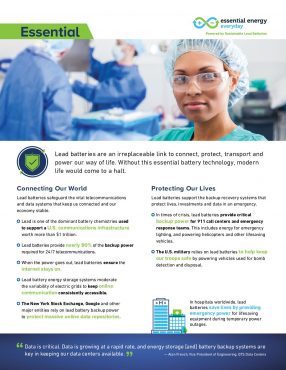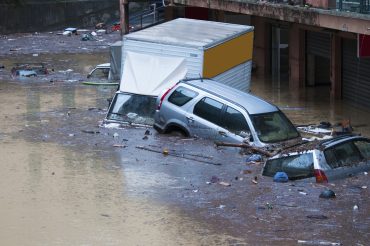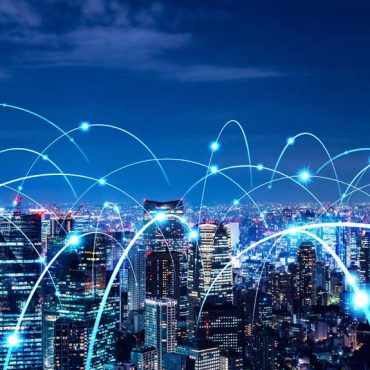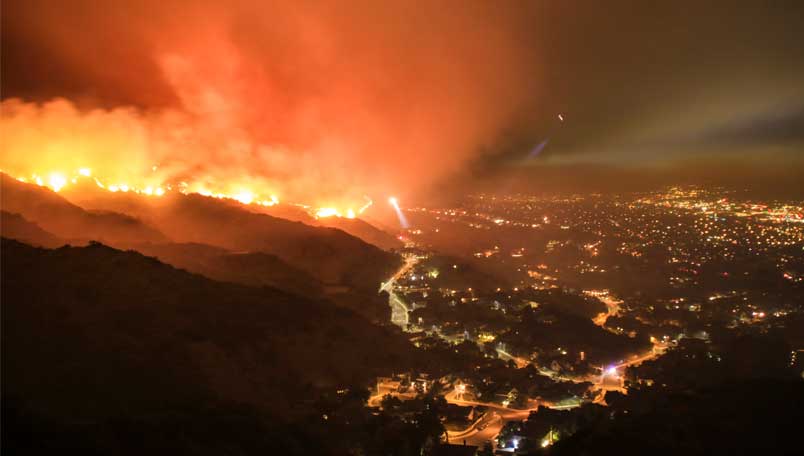
September is National Preparedness Month (NPM), an ideal time to share how the sustainable lead battery industry is prepared to assist when natural disasters strike. And there’s no shortage of events – a global pandemic, massive wildfires, flooding from heavy rainfall and hurricanes, and debilitating heatwaves.
Through it all, lead battery manufacturers and recyclers are helping our nation prepare, cope and rebound. Here’s how:
Lead Batteries Help Fight Pandemic
Lead batteries are maintaining the essential services to protect, connect, transport and power our lives through COVID-19. If there’s a power outage, lead batteries are the dominant technology used to support telecommunications systems such as 911 call centers and cellular phone towers, and to deliver an uninterruptible power supply (UPS) to life-saving equipment in hospitals, helping government officials and first responders stay connected during emergencies.
We also keep emergency vehicles, semi-trucks and delivery vehicles running, and power the forklifts helping to build temporary hospitals. To keep us connected (especially during physical distancing) lead batteries are providing 90% of the backup power for the 24/7 telecommunications required for businesses and schools to operate remotely.
Lead Battery Backup Power: A Solution for California’s Power Outages
In California, the importance of backup power can’t be overstated. In response to recent destructive wildfires, utilities are now implementing widespread “de-energization” events. That means cutting off power to millions of Californians.
Lead batteries are ready to solve the problem.
Generally, fossil-fuel generators provide long-term power options when outages extend beyond a few days. But for shorter-duration outages, lead batteries could be California’s answer – a safe, sustainable and environmentally-friendly power source that provides sufficient backup power to protect residents’ lives and property.
Lead Batteries Can Take the Heat, Too
Speaking of fire, unusually high temperatures have become the norm in some parts of the country. Heat can be a battery killer, but lead batteries can sustain an under-the-hood temperature of 167 degrees Fahrenheit to ensure reliable rides for police, fire and medical vehicles.
Post-Disaster, Lead Batteries are Sustainability Champions
It’s inevitable that fires and flooding will contribute enormous waste to landfills. The lead battery industry is proud to minimize a portion of that waste, using an established recycling network.
Following severe weather events, our members collect and recycle damaged lead batteries to: 1) prevent their improper disposal in landfills, and 2) turn them into new batteries. It’s an unparalleled example of a circular economy. Our members can return valuable resources to the manufacturing stream and provide a cleaner, greener future.
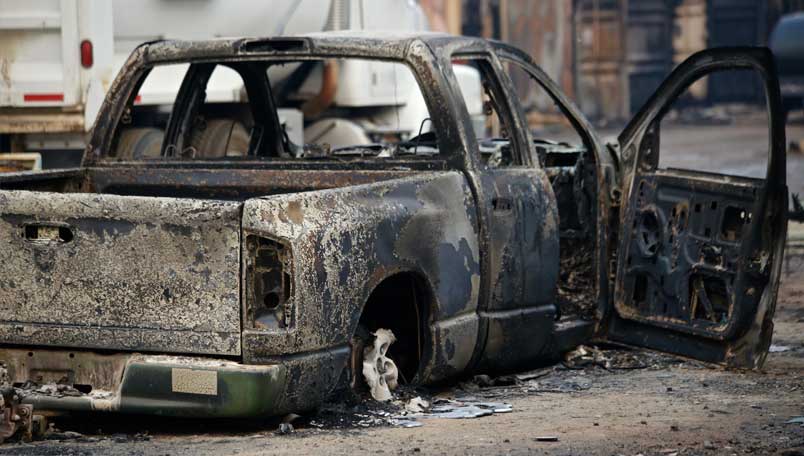
Recovering Burnt Batteries
In 2018, FEMA needed to dispose of more than 45,000 lbs. of batteries from burned cars and trucks in Northern California. The agency contacted Interstate Batteries Recycling (IBR), knowing the damaged batteries – considered hazardous waste because of severe fire damage – would be properly handled for disposal. IBR worked with a lead battery recycler who could take the nearly unrecognizable batteries and recycle them to make new lead batteries.
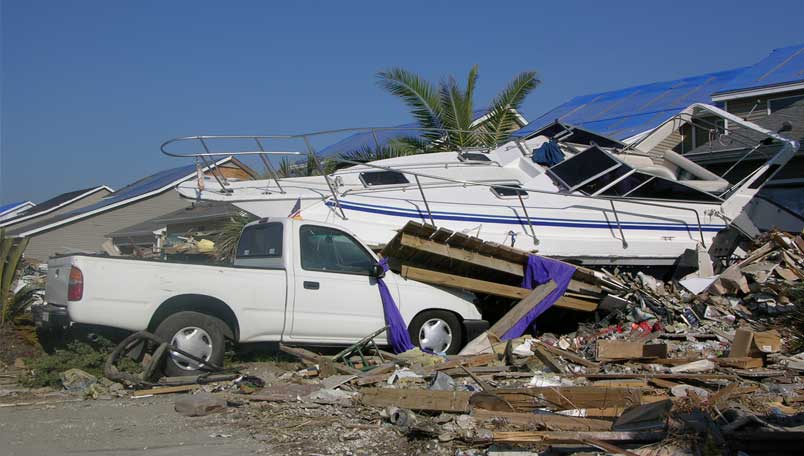
Salvaging Swamped Batteries
Following the 2017 destruction of Hurricanes Irma and Maria in the U.S. Virgin Islands, the EPA contacted IBR to recycle more than 100,000 lbs. of batteries recovered from sunken boats and damaged vehicles. IBR worked with Interstate’s Distribution Center in Urbandale, Iowa, and the Global Logistics Team at the Texas home office to coordinate the delivery of packaging material and the ultimate removal and transport of the damaged batteries from the Islands to an approved lead battery recycler in the United States.
Lead Batteries Critical Tool for Future Unknowns
During a time of much uncertainty, lead batteries will continue to help our nation survive the current crises and prepare for the next. And 2020 has shown us there will certainly be a next. Lead batteries are ready!
For more information on National Preparedness Month, visit Ready.Gov.


